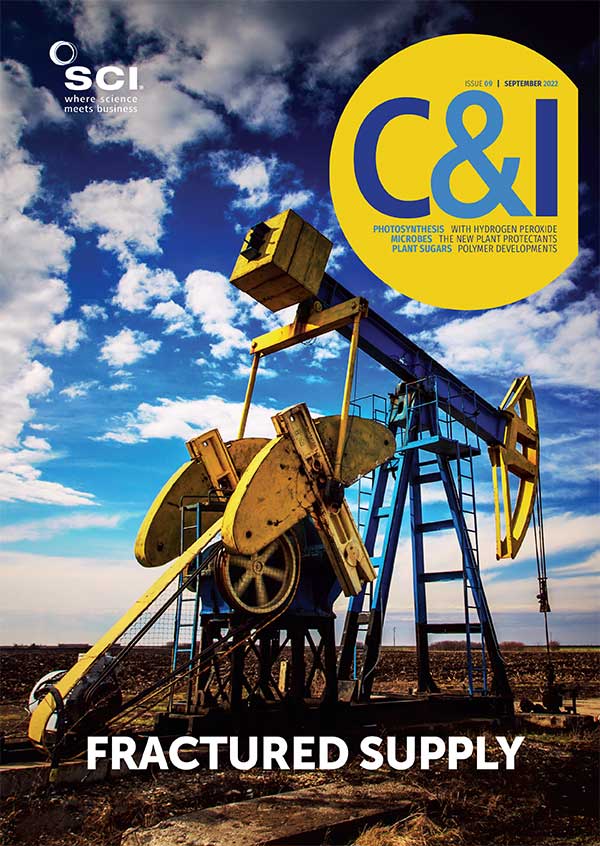ANTHONY KING
Researchers have proposed retrofitting railcars for the direct capture and compression of CO2. The harvesting would rely solely on the train’s regenerative braking energy and onboard solar with no external charging requirements (Joule, doi: 10.1016/j.joule.2022.06.025).
Railcars would be fitted with large ‘intakes’ that ‘collect CO2 feedstock air by fluidic, ramjet-type processes,’ the researchers write – without needing fans to suck in air. At 69mph, each intake would supply more than 10,000m3 of air/minute to the collection chamber. CO2-absorbent media would readily capture the CO2 with energy required to subsequently release the CO2 and compress the gas into a 15t tank to store the resulting liquid.
When a train hits the brakes, to slow or to stop, the train’s forward momentum can be converted into electrical energy, instead of being dissipated as heat. Almost all energy for the new system would come from such regenerative braking.
‘Here in North America, each train stop generates enough energy to power on average 20 homes for an entire day,’ says engineer Eric Bachman of CO2Rail, a US-based startup. Currently, the carbon-capture air system for the railcar is designed to store energy in around two dozen 100kWh batteries, each the size of a battery in a Tesla Model S. But Bachman says the researchers are also considering a fly-wheel type system.
The Intergovernmental Panel on Climate Change (IPCC) estimates that around 1000Gt of CO2 will need to be directly removed from the atmosphere by 2100 to stay within 2°C of warming or over 10Gt/year of CO2. depending how quickly we can decarbonise. The team calculates that 0.45Gt of CO2 could be harvested by 2030, 2.9Gt by 2050, and 7.8Gt by 2075, with each car having the capacity to capture 3000t/year of CO2 in the near term.
‘By 2050, CO2Rail technology alone would be able to achieve approximately 30% of the IPCC’s target by 2050 and almost 80% by 2075,’ Bachman says. This would require 750,000 railcars fitted with this technology, out of 7m railcars globally. The group aims to put together a demonstration car in 2023. ‘The US has the longest amount of rail anywhere in the world,’ says Bachman. ‘We intend to begin in North America, but then be in Europe within four to five years.’
Legislation signed by President Biden in August 2022 increased the payment for captured CO2 in the US from $50 to $180/t. ‘This is groundbreaking, earth shattering, game changing for direct air capture,’ says Bachman.
‘CO2 removal (CDR) technologies that make use of waste heat or energy and leverage existing infrastructure are interesting because they reduce the need to build new energy infrastructure,’ comments Katie Lebling, a carbon removal analyst at the World Resources Institute in Washington DC.
‘The concept [here] is certainly interesting and innovative, but it will be important to see a pilot or demonstration of the technology in action to better understand its efficacy and viability,’ Lebling concludes.
We don’t know what a direct air capture industry will look like in a few decades, she adds, but developing an array of project and technology types, from large-scale facilities to more modular technologies, ‘will help provide a foundation for a robust and diverse portfolio.’
Klaus Lackner at Arizona State University, US, notes that ‘this paper innovatively taps into the energy flows of a moving train. As for most of these concepts, the big issue is proper carbon accounting. To eliminate accounting concerns entirely we have proposed that all fossil carbon coming out of the ground must be cancelled out at the point of extraction with a certificate of sequestration that assures that another ton of carbon has been safely put away.’





